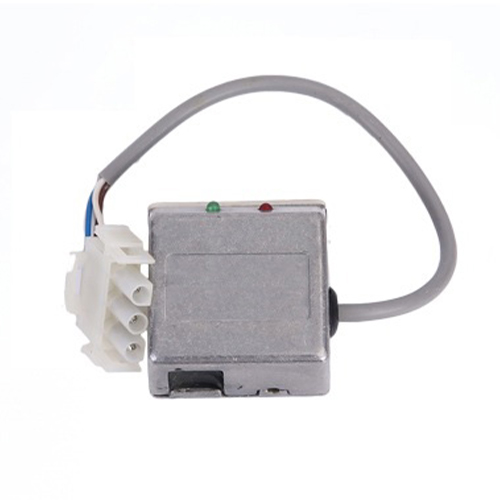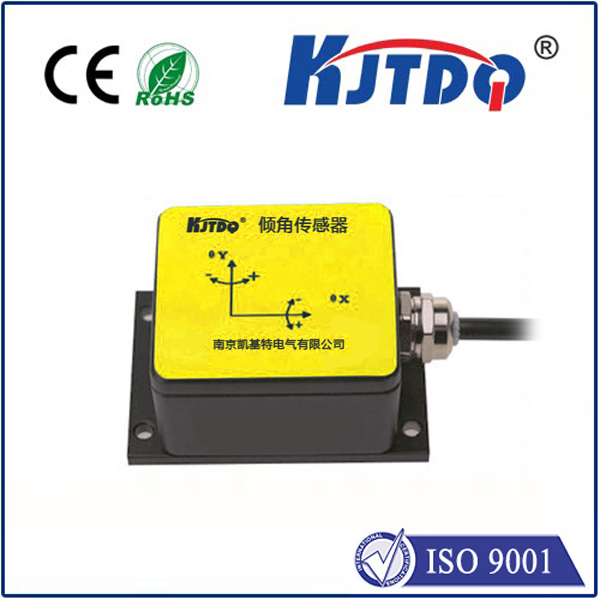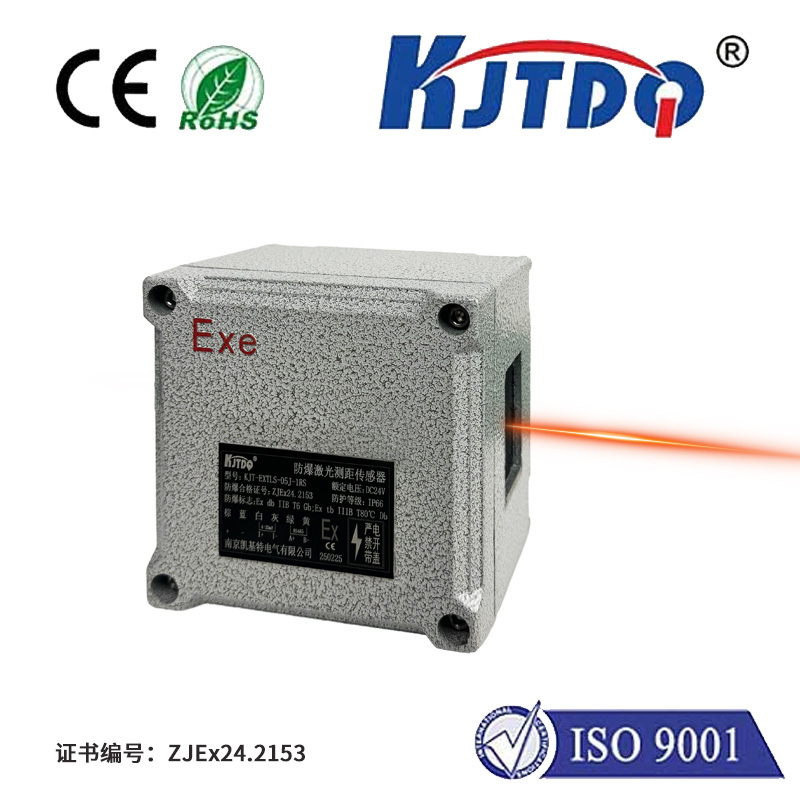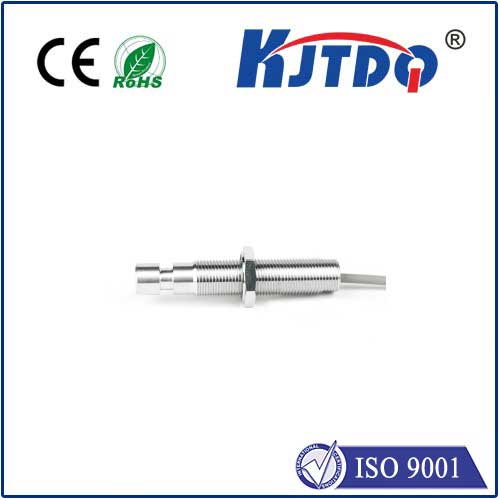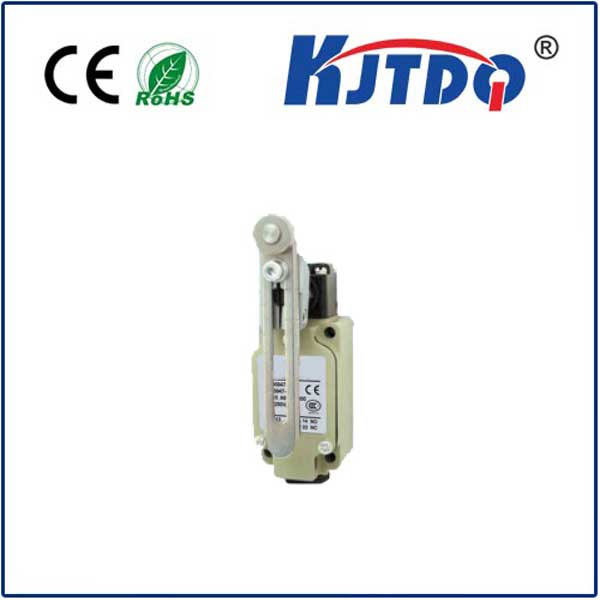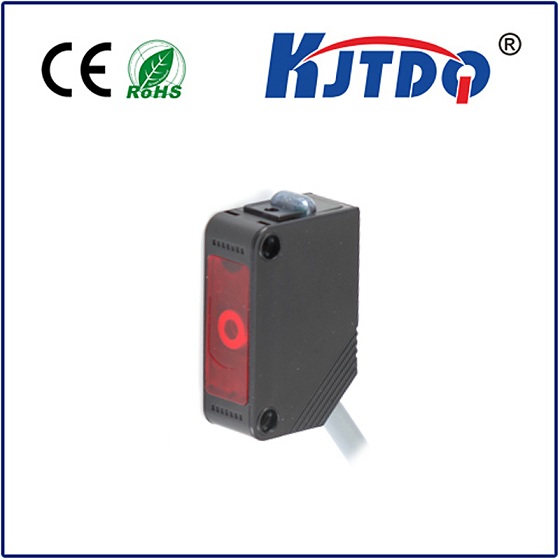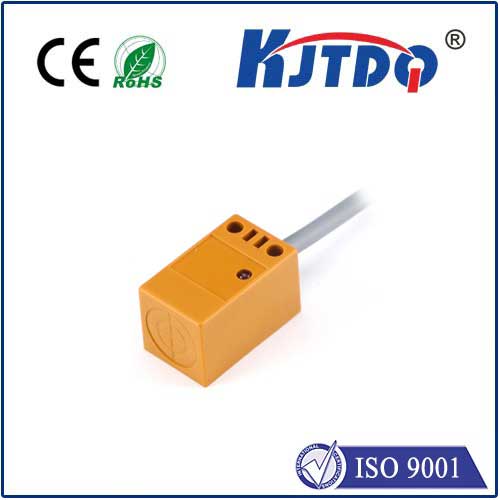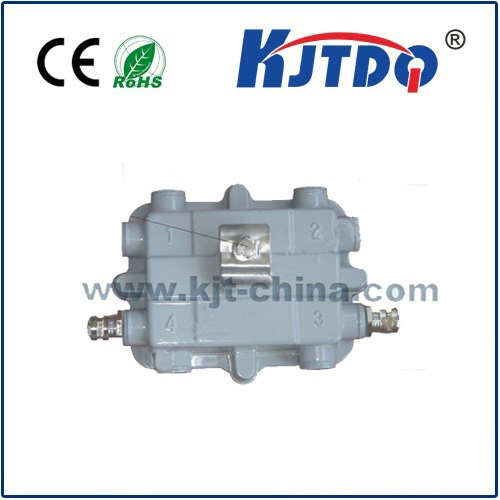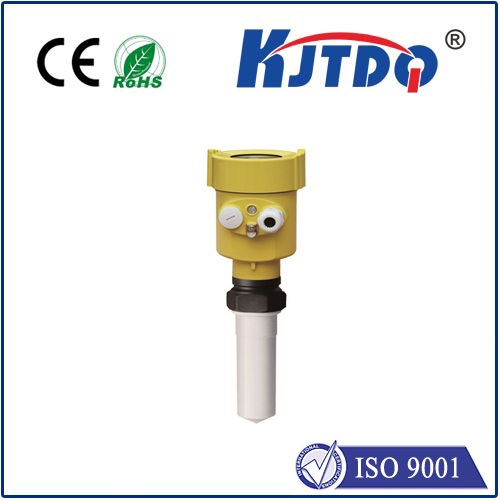spring rod limit switch
- time:2025-09-12 03:36:55
- Нажмите:0
The Essential Guide to Spring Rod Limit Switches: Precision Positioning in Industrial Automation
Ever wonder what stops a massive conveyor belt right on its mark, ensures a robotic arm doesn’t overextend, or guarantees a safety door is truly closed before machinery activates? Often, the unsung hero performing these critical tasks is the spring rod limit switch. This robust and reliable device is fundamental to countless industrial processes, providing essential position feedback and safety interlocks through simple yet effective mechanical action. Understanding its function and advantages is key for anyone involved in machinery design, maintenance, or automation.
What Exactly is a Spring Rod Limit Switch?
At its core, a spring rod limit switch is a type of механический ограничитель that utilizes a spring-loaded rod or plunger as its actuator. When an external object (like a machine part, door, or product) physically contacts and depresses this rod, it triggers an internal switching mechanism. This mechanism then changes the state of electrical contacts within the switch housing – typically opening or closing a circuit. Crucially, when the external force is removed, the internal spring ensures the rod automatically returns to its original, extended position, resetting the switch for the next actuation. This self-resetting capability is a defining characteristic.
The Ingenious Mechanics: How It Operates

The operation of a spring rod limit switch is elegantly straightforward, relying on direct physical interaction:
- At Rest: The actuator rod is fully extended, held out by its internal spring. The internal electrical contacts are in their default state (e.g., Normally Open or Normally Closed).
- Actuation: An external moving object applies force to the end of the spring-loaded rod, overcoming the spring tension and pushing the rod inward.
- Internal Action: The movement of the rod is mechanically transferred (often via levers or cams) to the switch’s electrical contact block. This forces the contacts to snap rapidly to their opposite state (e.g., Open to Closed or Closed to Open).
- Signal Change: This change in contact state sends a signal to the machine’s control system (PLC, relay, etc.), indicating the target object’s position (e.g., “reached end of travel,” “door closed,” “part present”).
- Reset: Once the external force is removed, the powerful spring instantly drives the actuator rod back to its fully extended position. This action resets the electrical contacts to their original default state, ready for the next cycle.
Key Features and Why They Matter
Spring rod limit switches are favored in demanding industrial environments for several compelling reasons:
- Прочная структура: Designed with sturdy metal housings (often stainless steel or zinc alloy) and hardened actuator rods, they withstand harsh conditions including vibration, impacts, dirt, dust, moisture (many have high IP ratings like IP67), and temperature extremes common in factories, material handling, and outdoor applications.
- Clear Physical Indication: The position of the rod provides a visible and tactile confirmation of the switch’s state (actuated or not).
- High Repeatability & Accuracy: While offering very precise actuation points, their true strength lies in consistent, repeatable operation cycle after cycle. They provide reliable position confirmation.
- Self-Resetting: The integral spring ensures automatic return and reset without requiring external intervention, which is vital for continuous operation and safety interlocks.
- Simple Installation & Adjustment: Many models feature adjustable mounting brackets or rod lengths, allowing fine-tuning of the actuation point during setup.
- Cost-Effectiveness: Compared to many electronic or proximity sensors, spring rod limit switches offer excellent value and reliability for straightforward position detection needs.
- High Current Capacity: They can often switch higher electrical loads (motors, solenoids, indicator lights) directly, unlike low-power solid-state sensors.
Ubiquitous Applications Across Industries
The spring rod limit switch finds its place in virtually every sector involving machinery:
- Перевозка материалов: Position detection on conveyors (end-of-travel limits, package presence), palletizers, stackers, and automated guided vehicles (AGVs). Used as safety interlocks on hoists and cranes.
- Packaging Machinery: Ensuring cartons, bottles, or products are correctly positioned for filling, labeling, or sealing. Detecting open guards.
- Промышленная автоматизация: Controlling the stroke limits of cylinders, position sensing on linear actuators, verifying robot positions (especially end-of-arm tooling), and confirming fixture clamping.
- Станки: Defining travel limits for milling tables, lathe carriages, and presses. Safety door monitoring.
- Agriculture & Construction Equipment: Monitoring implement positions (e.g., raised/lowered), detecting bin levels (simplified), and guarding access points on heavy machinery.
- Access Control & Security: Verifying the closed position of gates, doors, or hatches before enabling related systems.
Selecting the Right Spring Rod Limit Switch: Key Considerations
Choosing the optimal switch requires careful evaluation of the application:
- Actuator Style & Length: Standard rod, rod with roller tip (reduces wear and allows glancing contact), or adjustable length rods. Match the reach needed to engage the target reliably.
- Electrical Rating: Voltage (AC/DC), current (amperage), and contact configuration (SPDT, DPDT - Normally Open, Normally Closed, or both) must match the load being switched and the control system requirements. Ensure the switch can handle the inrush current of motors or solenoids if switching them directly.
- Housing Material & Protection (IP Rating): Stainless steel for corrosive environments or washdowns (food & beverage, pharmaceuticals), zinc alloy for general industry. IP67 rating is common for dust-tight and protection against temporary immersion.
- Operating Force & Overtravel: The force required to actuate the rod and the distance it can be pushed beyond the actuation point without damage. Ensure the machine part can supply sufficient force and won’t over-compress the mechanism.
- Mounting: Brackets, base type (e.g., standard, corner mount), and adjustability need to suit the available space and actuation point requirements.
- Environmental Factors: Temperature range, exposure to chemicals, oils, or UV light, and levels of vibration/shock.
In conclusion, the spring rod limit switch remains an indispensable component in industrial automation. Its blend of mechanical simplicity, ruggedness, self-resetting capability, reliability, and cost-effectiveness ensures it continues to play a vital role in position sensing, motion control, and safety interlocks. While newer technologies emerge, the fundamental principle of using a physical actuator and reliable electrical contacts offers a robust and trusted solution for countless demanding applications, proving that sometimes, the simplest mechanical solutions are the most enduring.

